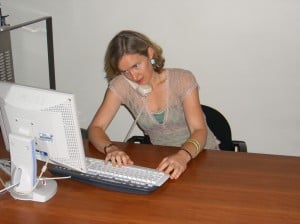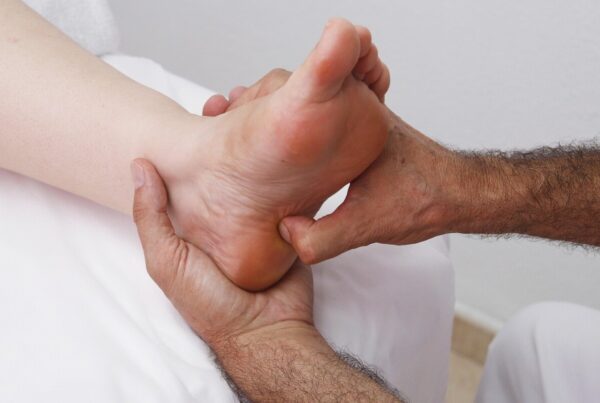 When most of us hear the term ergonomics we probably think of seating and sit up a bit straighter in our own chair. But most of us will admit how hard it is to maintain a perfect posture, so you will probably be glad to hear that this is where ergonomics can help out.
When most of us hear the term ergonomics we probably think of seating and sit up a bit straighter in our own chair. But most of us will admit how hard it is to maintain a perfect posture, so you will probably be glad to hear that this is where ergonomics can help out.
Ergonomics is essentially about the way your physical environment, such as your workspace or computer, interacts with your body. The aim is to design and arrange workplaces, products and systems so that they fit the people who use them.
You might not think that such an innocuous position as “sitting” could be detrimental to your health, but long periods spent like this and repetitive movements can make you vulnerable to back and leg pain, neck, arm and hand pain, headaches, eye problems and repetitive strain injuries. Are you guilty of hunching over your desk, or wedging your phone between your ear and shoulder? Doing that for hours, day after day, year after year causes muscles and other soft tissues to become stretched or shortened and places abnormal stresses on joints.
So how can your workstation be changed to be more ergonomically friendly? Your chair is usually the first thing looked at as this directly affects how you sit and the position of your spine. Your chair should be at the correct height and should have adequate lumbar support. Other things that may need to be altered include desk height, monitor/laptop position, keyboard and mouse position, footrest, and document and telephone console/ headset solutions. All of these factors can be altered to ensure that your muscles and joints are in a relaxed, neutral position. A workstation assessment will also take into account environmental factors such as temperature, noise level and glare.
Some quick tips for what you can do to help is to make sure things you use often are within easy reach so you are not continually twisting or reaching and move things not used regularly out of the way to avoid clutter. More importantly you should take micro breaks regularly. You should stand up from your desk even if just for 30 seconds, and give your eye muscles a break by focusing on objects at a distance further than your monitor or focusing on something out of a window. Ideally take these mini breaks as often as 15-20 minutes but if this seems too often try every 45-60 minutes.
So if you are suffering from any of the above problems, or you want to make sure that occasional ‘niggle’ after a full day at the office doesn’t turn into anything more serious, contact us to make a consultation with a physiotherapist or to book an ergonomic assessment for your workstation.





